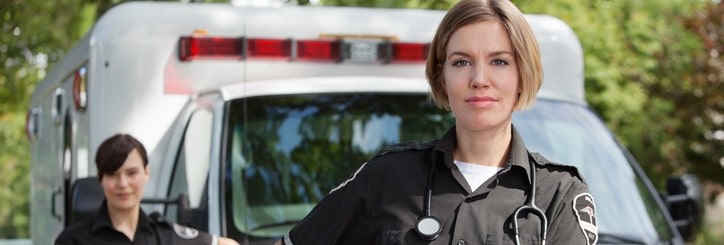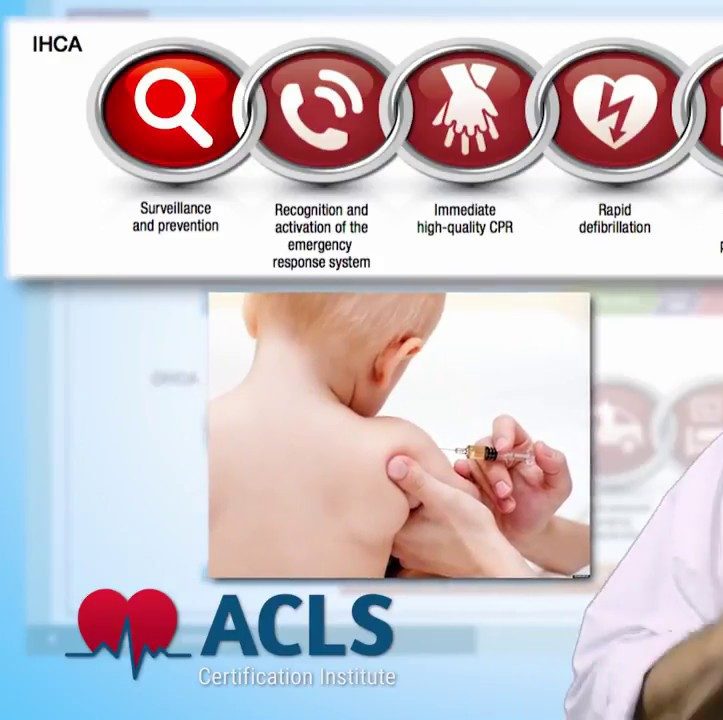Balancing parenthood and a career is a difficult challenge, and considering that as of 2021 at least one parent is employed in 78.5 percent of families with children, it’s a common challenge, too.
If you’re a mother looking to become an emergency responder, there are many considerations to take into account. Being an emergency medical technician (EMT) or being a paramedic and a mom at the same time is possible. However, like any career, it will take specialized education, continuing training, organization, and patience.
Here are some basic requirements you should be familiar with as you start your professional journey and a few tips for mastering both your job as an emergency responder and motherhood.
Types of Emergency Responders
Two of the most common types of emergency responders are EMTs and paramedics. Both of these careers provide critical patient care, but there are some differences that may or may not make these roles a good fit for your family.
The amount of training required is one of the biggest factors to consider. In order to qualify as an EMT, you’ll need to complete anywhere from 120 to 150 hours of specialized training. Prospective paramedics must complete this same training as well as an additional 2-year course, which adds about 1,200 to 1,800 hours of further education and hands-on practice.
Some good news is that both EMTs and paramedics are expected to experience a 11% growth in employment opportunities over the next decade, a rate that is faster than the national average for occupations.
When it comes to salary, EMTs can expect to earn an average of $36,690 a year. Because of their additional training, paramedics earn more, with an average salary of around $49,500 a year.
Balancing Training and Motherhood
If the number of training hours and the prospect of long shifts on the job have you wondering how a stay-at-home mom can become an EMT, paramedic, or another form of emergency responder, have no fear. People do it every day. But, it does take organization, patience, and passion for your job.
Troy Shaffer coaches EMS professionals every day, many of whom are mothers. Here are a few suggestions he has to help parents succeed:
- Get flexible with childcare. Working as an emergency responder means long shifts and irregular hours. You’ll need to have a reliable yet flexible childcare system in place. This system will look different based on your personal family situation.
- Have an organized family calendar. Motherhood is full of appointments, projects, extracurricular activities, and, of course, work. Having a master family calendar with all of these requirements in one place will help you stay organized.
- Keep communication open with your boss. A solid line of communication with your superiors will help you when the inevitable conflict between parenthood and your work comes up. Start forming that relationship now so that you know you can rely on your boss and they know they can rely on you.
- Schedule time for self-care. If you only spend your time taking care of your patients and taking care of your kids, you’ll burn out quickly. Schedule time to do things for yourself; something to recharge your batteries and help you relax. It’s not selfish. It’s smart, and an overlooked key to success.
How ACLS Can Help
Flexibility is an essential part of being a paramedic or EMT mom. After all, the unique schedule most first responders follow, which often includes 12 or 24-hour shifts and more days off, is a big reason why so many working parents enjoy this role. Rewarding work that fits into your family’s schedule can’t be beaten.
To mirror this same flexibility, we offer online solutions that give you the convenience of learning where, when, and at what pace works best for you. Our online ACLS certification, online BLS certification, and online PALS certification courses were developed for working professionals who want and need the best information in the easiest way possible.
A BLS renewal course is one of the most popular for paramedics and EMTs. So, for example, instead of completing your BLS certification renewal in a classroom — where you have to worry about a commute and arrange childcare — you can complete BLS recertification online whenever you have time. Our program is ideal for working moms who need to fulfill ongoing education requirements for their paramedic or EMT job. The self-paced courses fit your unique schedule (like after the kids are in bed or on the weekend when your partner is home). You’ll receive an in-depth and up-to-date education that helps you feel more confidence on the job, but you get to finish the course on your terms.
Our accreditation comes through the ADA, AMA, and ANCC in joint providership with the Postgraduate Institute for Medicine (PIM). That’s why thousands of first responders have used our program to sharpen their skills, improve patient outcomes, and advance their careers after having children.
If you are in training to become a paramedic or EMT, or you’re currently working and need recertification soon, explore our ACLS, BLS, PALS, and Neonatal courses. Our online BLS certification is our most popular, though our online ACLS certification offers even more information in the same easy-to-learn format.
We’re here to help moms like you! Find more educational resources and even free practice tests for your upcoming certification test on our website
Sources
- Employment Characteristics of Families Summary. U.S. Bureau of Labor Statistics. Apr 20, 2022. https://www.bls.gov/news.release/famee.nr0.htm.
- EMT vs. Paramedic. Diffen. Accessed on Aug 12, 2020. https://www.diffen.com/difference/EMT_vs_Paramedic.
- Paramedic vs. EMT: Which path is right for you? EMS1. Aug 9, 2021. https://www.ems1.com/ems-products/books/articles/paramedic-vs-emt-which-path-is-right-for-you-nSqJ5Z1ngroThrDy/.
- Shaffer T. 7 things EMS moms won’t tell you. FlightSafetyNet.com. Accessed on Aug 12, 2020. https://flightsafetynet.com/7-things-ems-moms-wont-tell-you/.
Recommended Articles

From Paramedic to PA: What You Need to Know
From a technical career to acdegreed profession, find out what it takes to transition from EMS to PA and the emerging field of paramedic practitioner.




